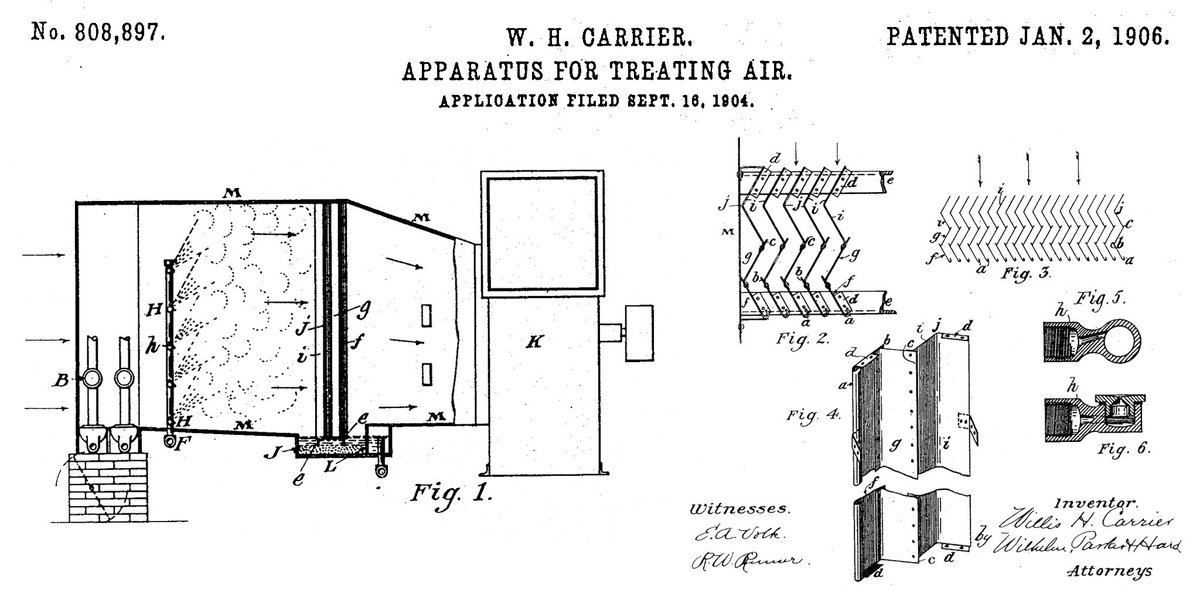Occupant-based HVAC Set Point Interventions for Energy Savings in Buildings
Abstract: Energy savings and occupant thermal comfort are the two most important factors in controlling heating ventilation and air conditioning (HVAC) operation in buildings. Typically, it is found that thermal comfort is not always met in buildings. Hence, there is still an opportunity to improve indoor thermal comfort, and at the same time save energy by controlling HVAC set points. The objective of this paper is to propose a method to obtain energy savings by adjusting HVAC set points based on occupant comfort measured using Predicted Mean Vote (PMV) and occupancy information. The idea is to calculate hourly PMV values based on real-time occupancy information, indoor temperature set points and humidity in a building. Then, a new set of temperature set points that can maintain occupant comfort, i.e., PMV = 0, is derived. To evaluate the effectiveness of the proposed method, a building model is developed in eQUEST using the information from a real-world building located in Alexandria, VA. Research findings indicate that HVAC electrical consumption savings of 14.58% is achieved when the proposed set point adjustment method is implemented as compared to that of the base case. To study the impact of adding occupancy information on HVAC energy savings, another scenario is simulated where HVAC set point is increased when the building is unoccupied, e.g., during lunchtime or holidays. Research findings indicate that additional HVAC electrical consumption savings of 8.79% is achieved when taking into account occupancy information in HVAC control.









